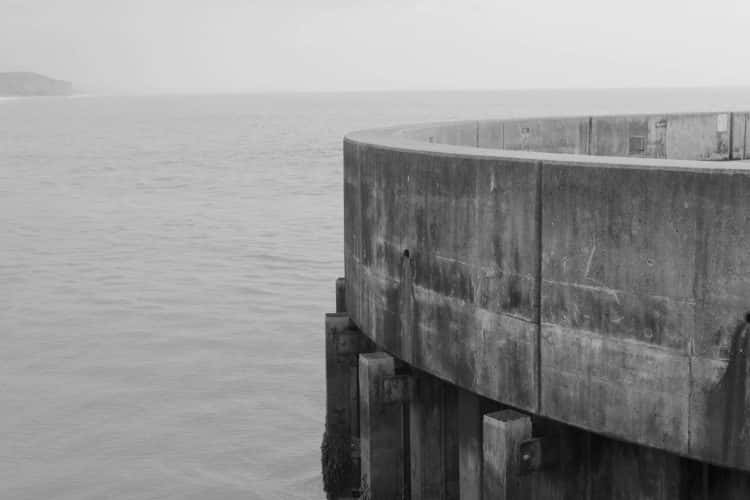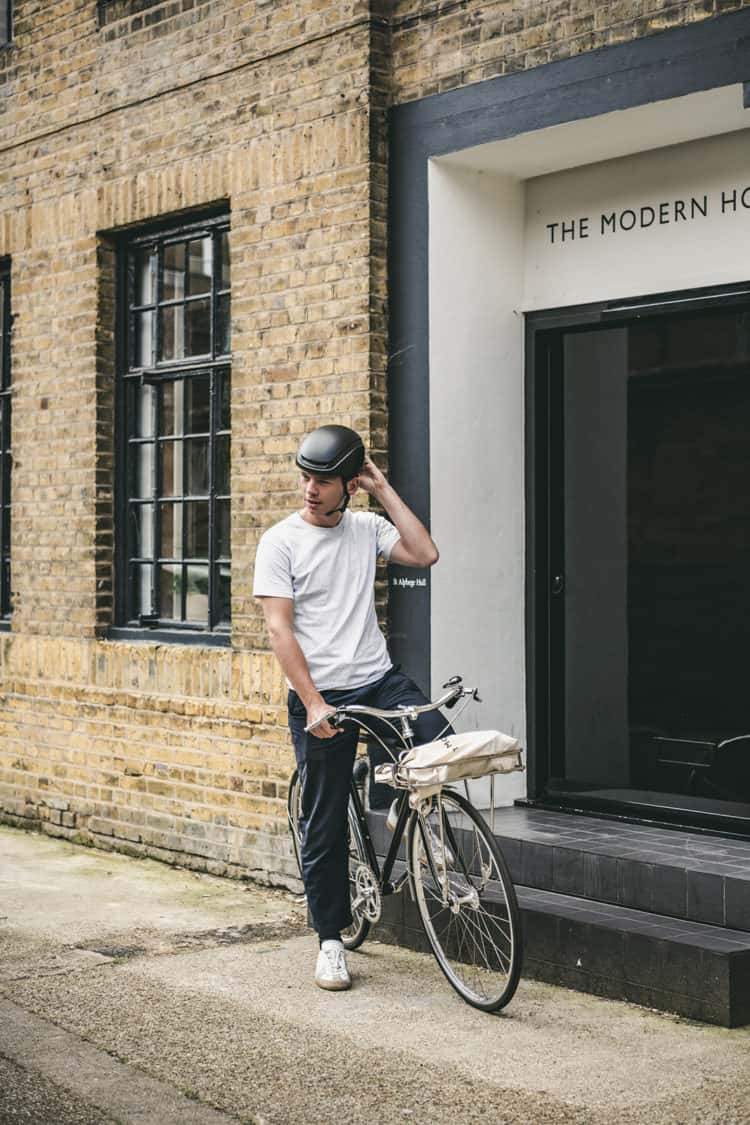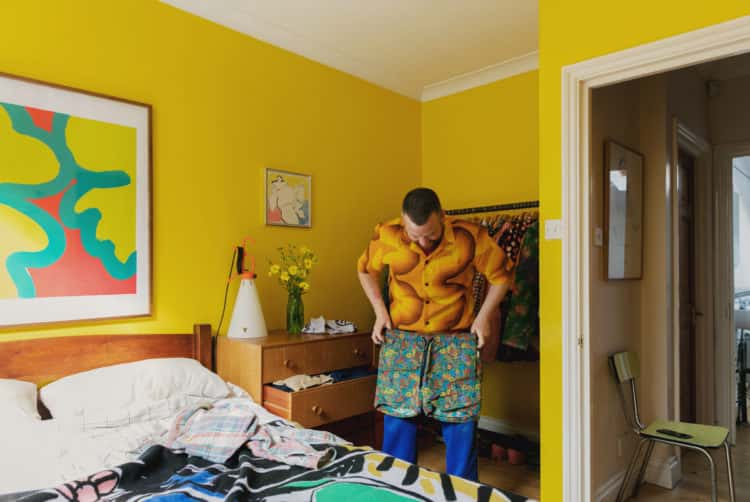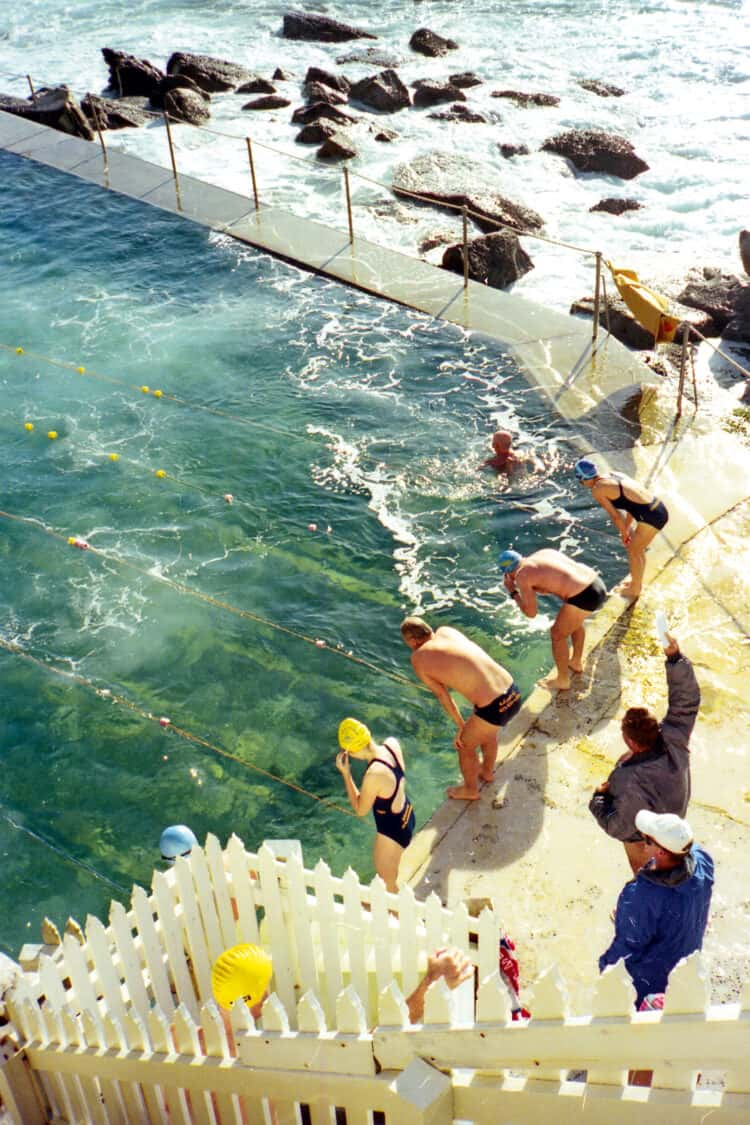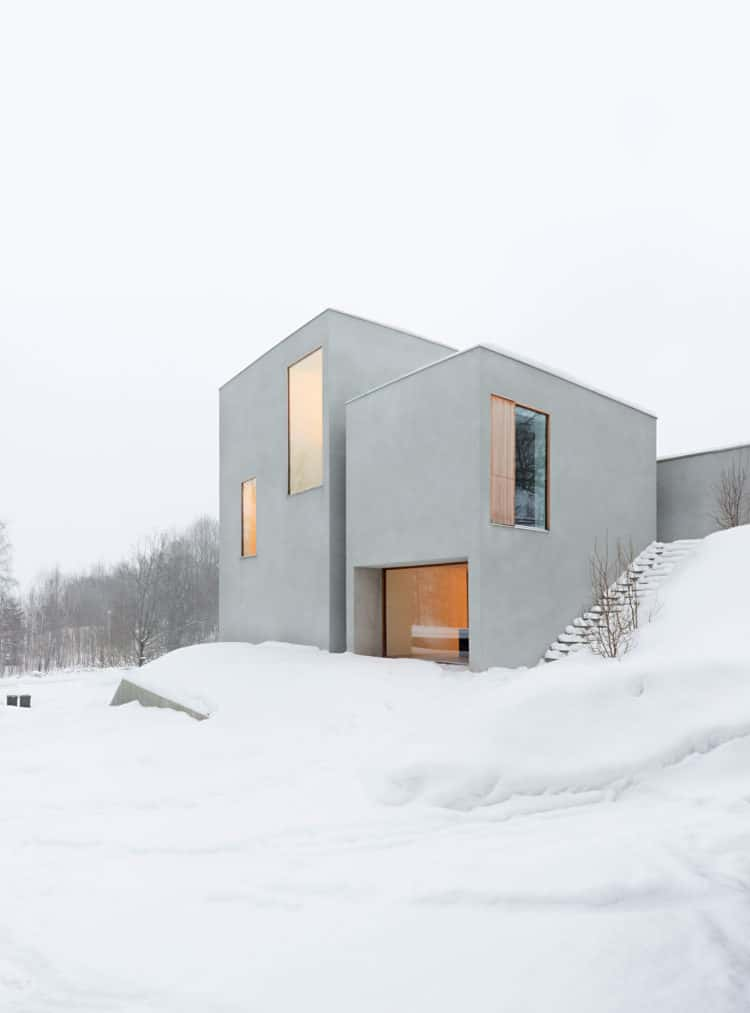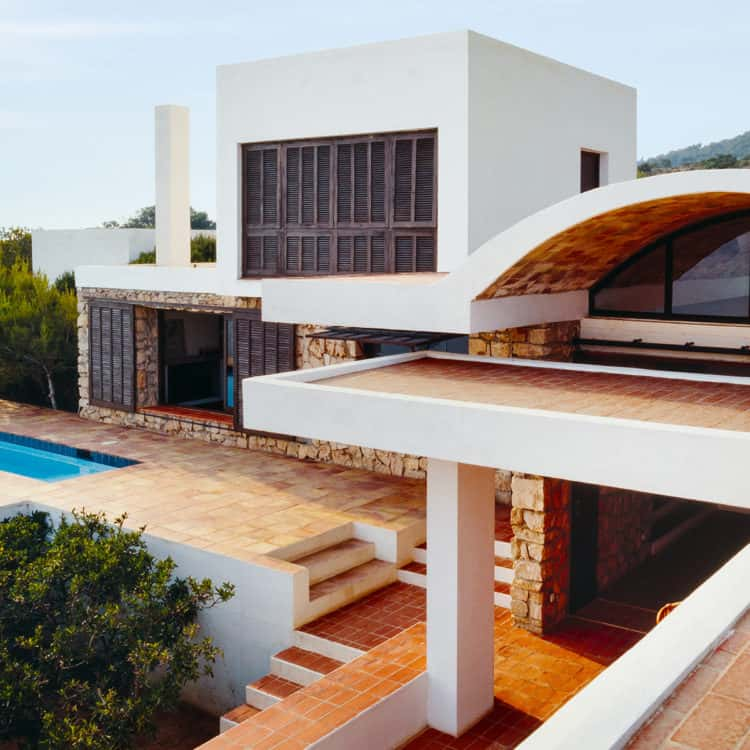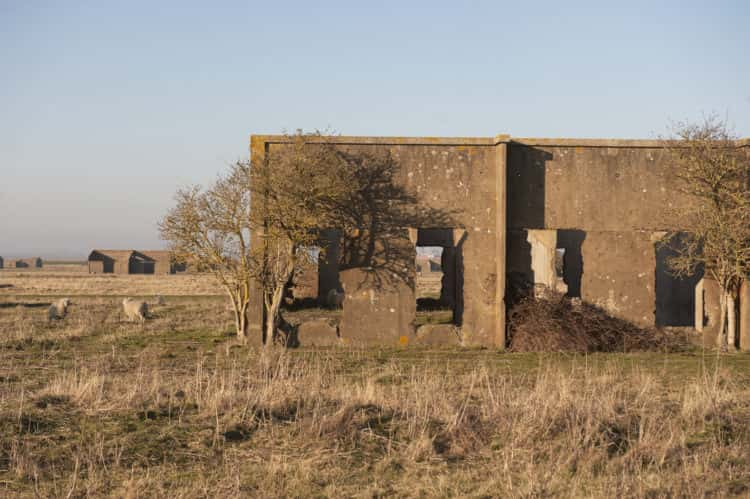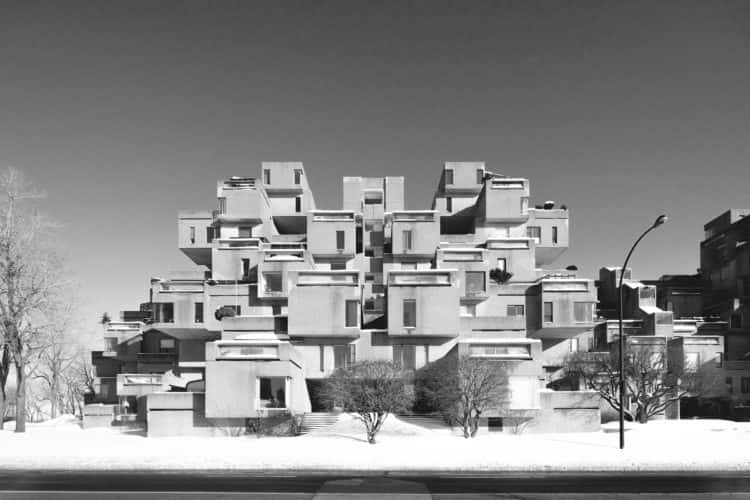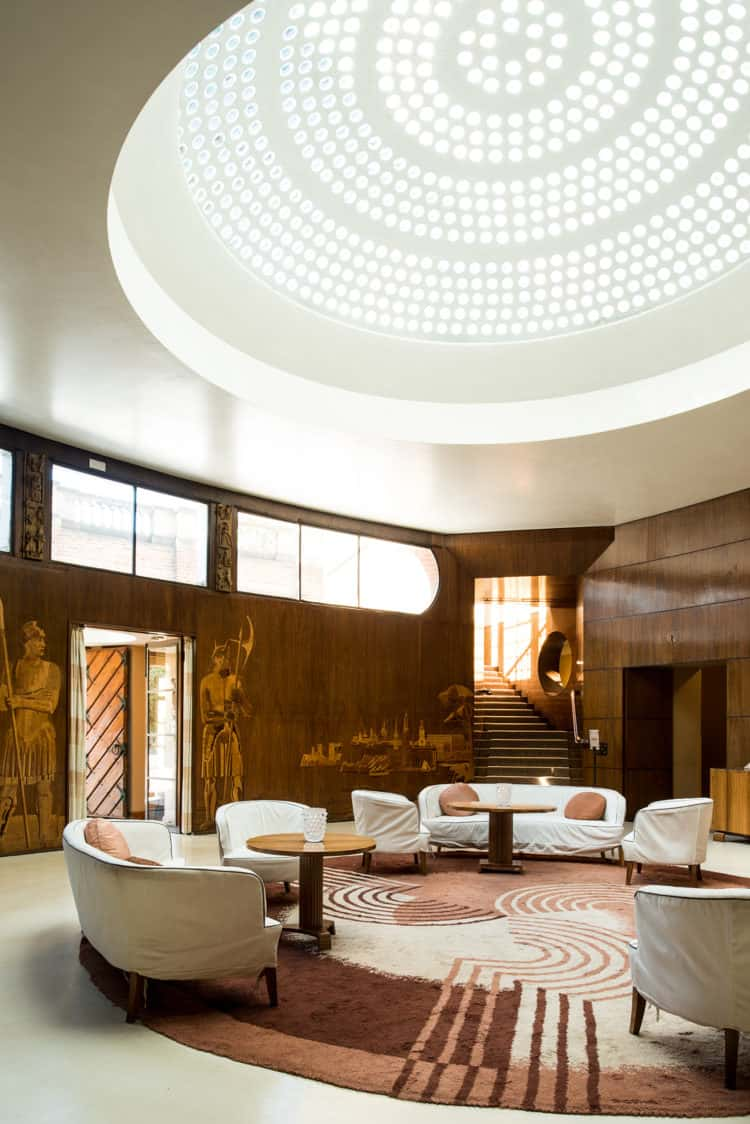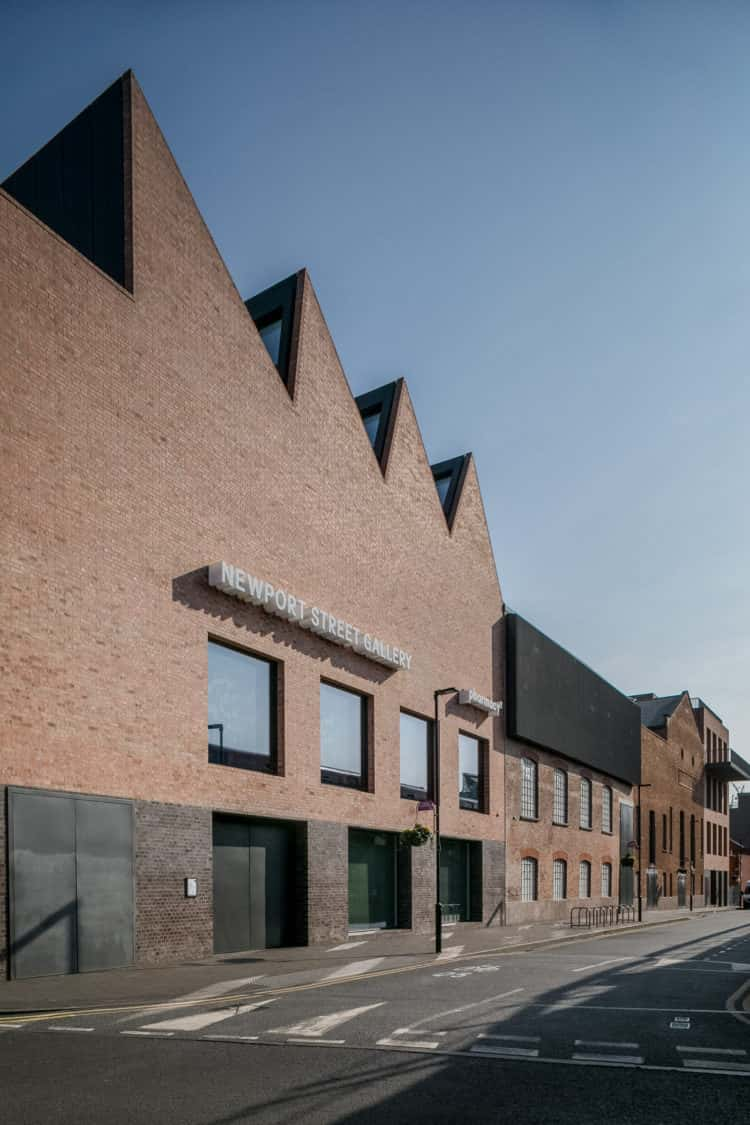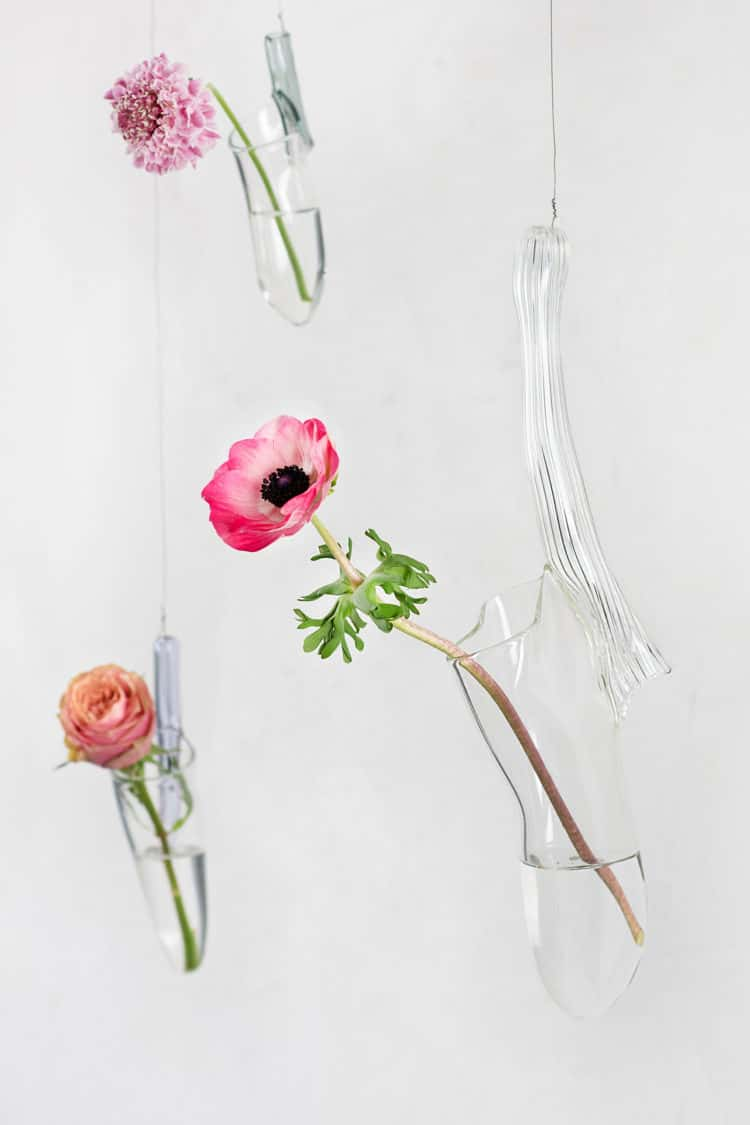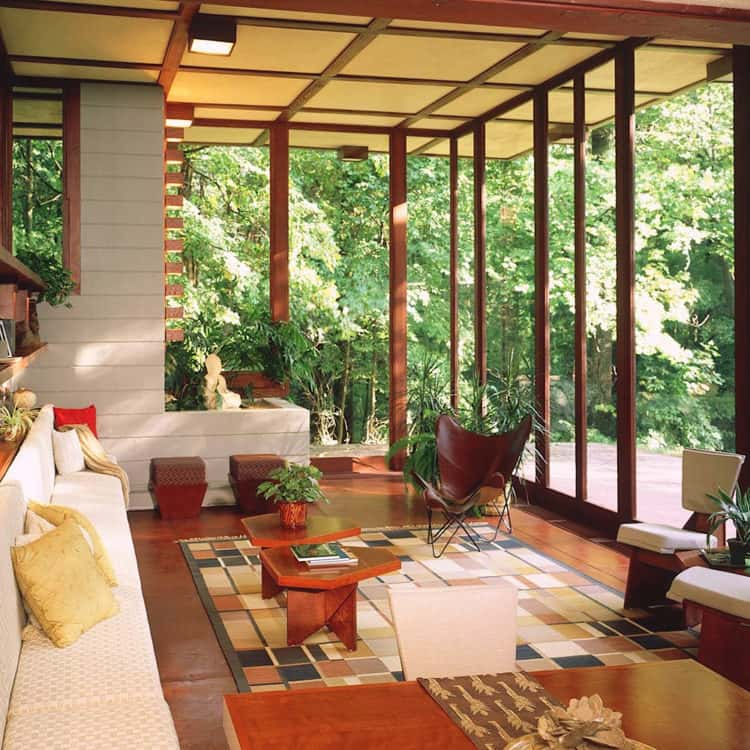Photo Essay: Craig Atkinson shares Brutalist highlights from the Café Royal Books archive
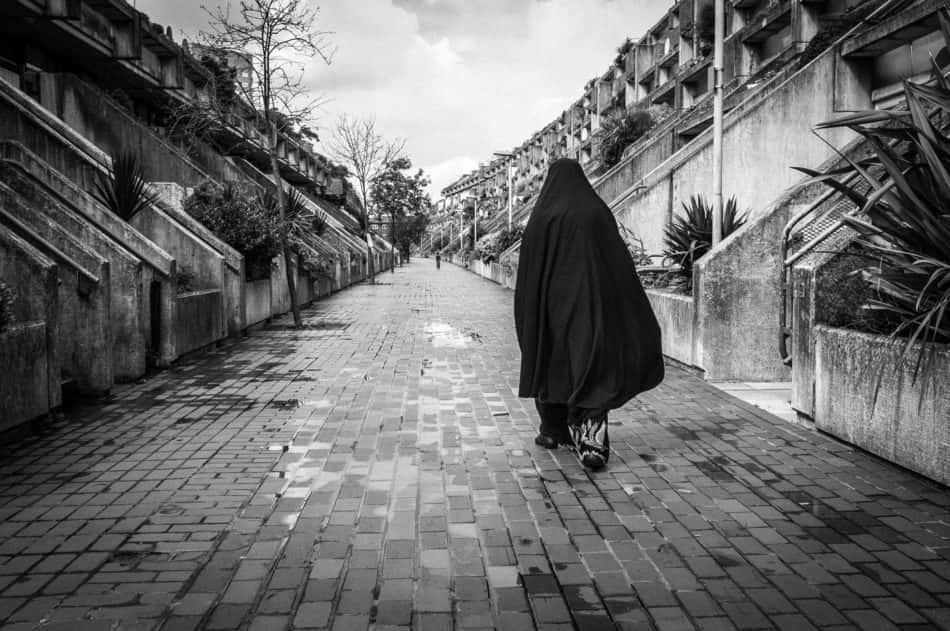
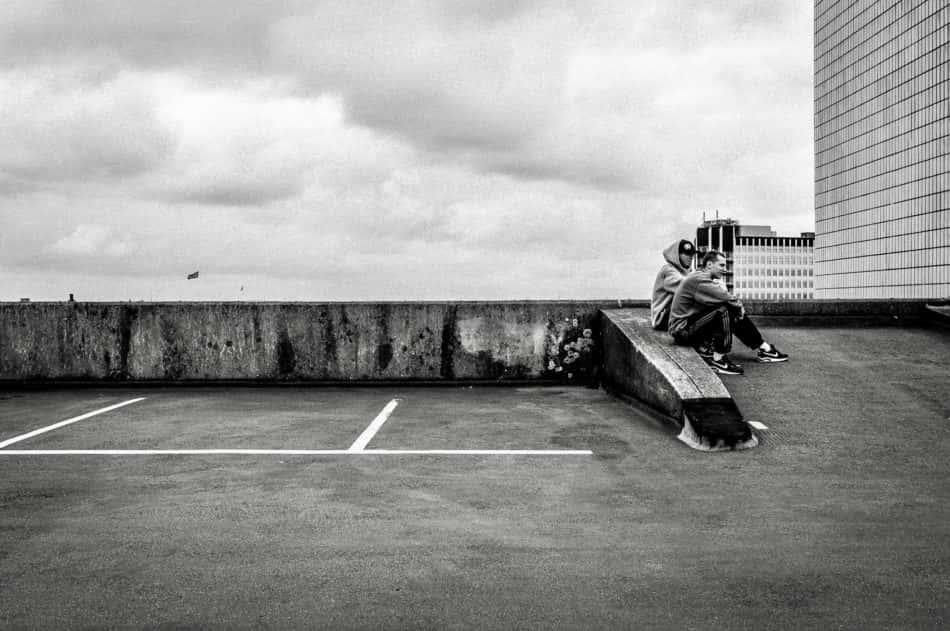
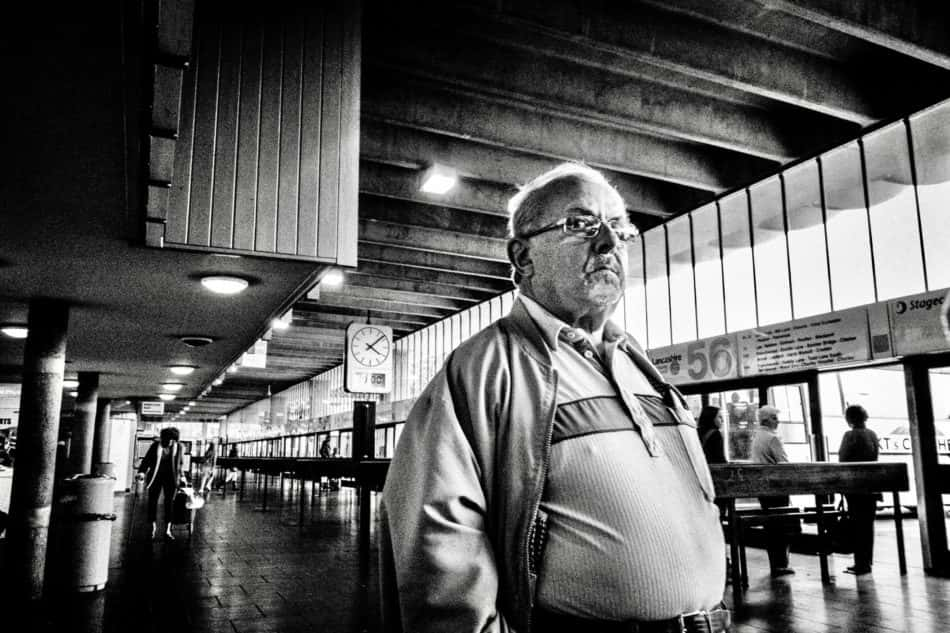
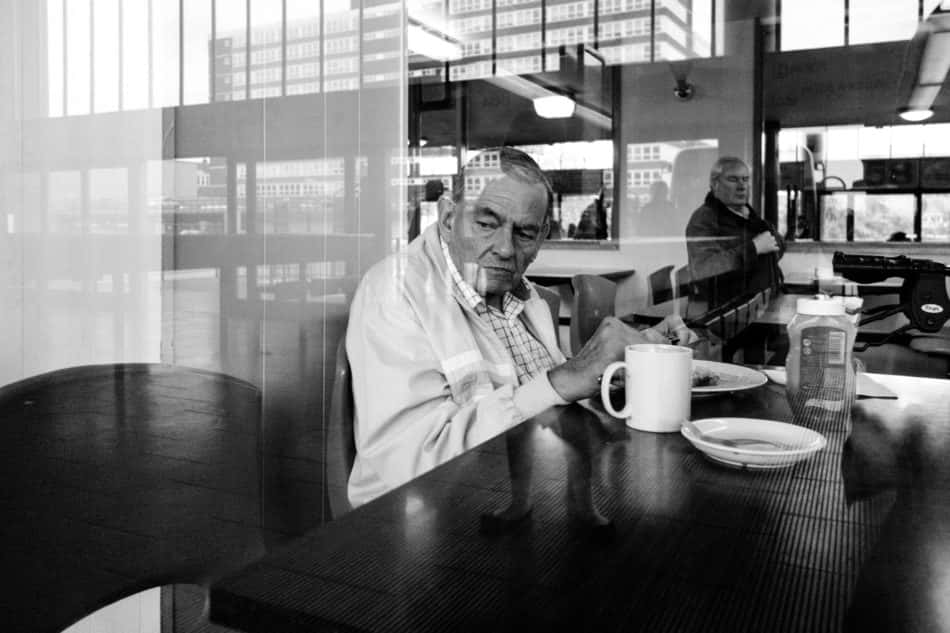
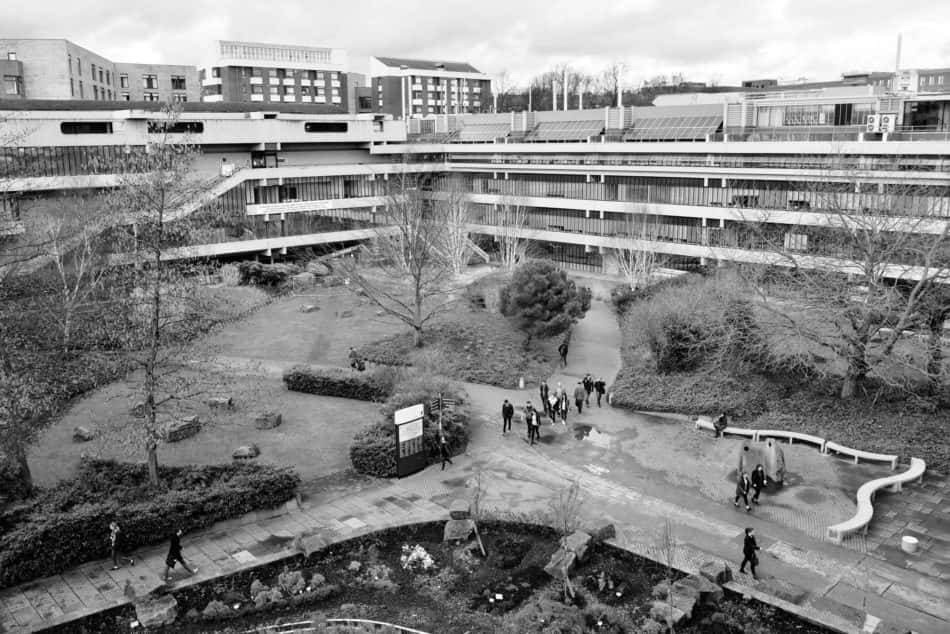
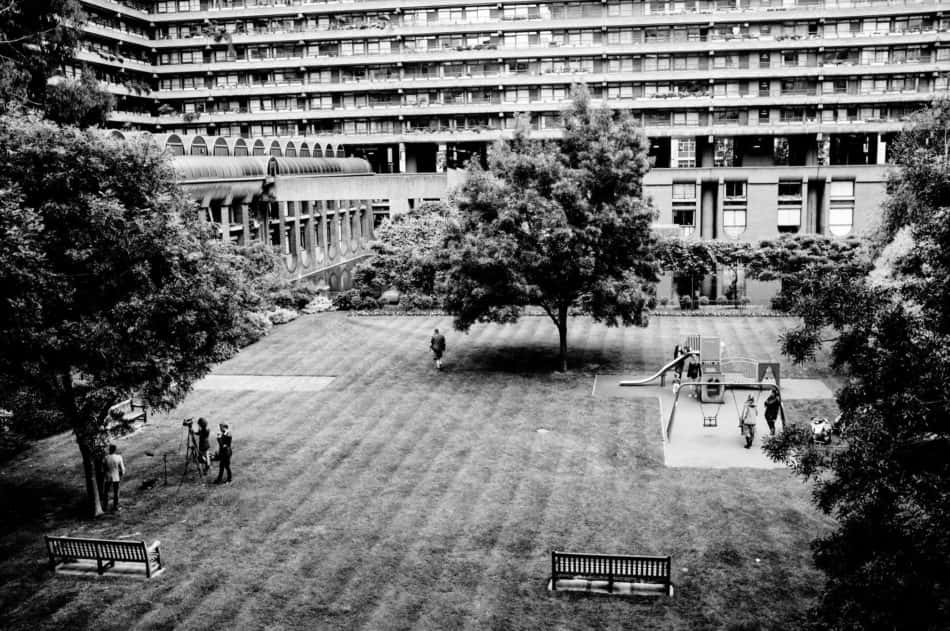
Craig Atkinson is a photographer, university lecturer and archivist of post-war British documentary photography. The publisher he set up in 2005, Café Royal Books, has become a highly influential record of post-war architecture and society, and is collected by Tate, MOMA, the British Library and others. Here, we’ve asked Craig to share some highlights from the Café Royal Books archive.
“My interest in Brutalism began from passing through Preston Bus Station twice a day, on my route to and from work at the university in the city,” says Craig. “Initially I studied the people but over time became more interested in the function of the place. It’s an interesting building because, generally, people enter it with the purpose of leaving it, meanwhile trapped in a space between coming and going. The materials are non-decorative, there is no fuss and everything is used for its materiality or for the function it can perform. I’m not a huge fan of fuss or decoration and felt a kind of affinity to this approach.
“I researched a little and took myself on a tour of British Brutalist architecture over several years. The places that interest me most are those that you can walk through, use, and experience, rather than those you can just look at.
“I went on to do a photographic study of Leeds University and made further work at Preston Bus Station, both of which I have published with Café Royal Books. The summer I will be releasing reprints (and a new title) of my Preston Bus Station books, as a box set with a print. In the future, the same with my London Brutalism work.”
Alexandra Road Estate
This estate, designed by Neave Brown in 1968 and completed in 1978, was a reaction to the tower blocks that were being constructed by local authorities throughout London in the middle of the century. Alexandra Road demonstrated council housing’s potential to offer the highest permissible density in a more humane, low-rise streetscape.
As architectural historian, Nikolaus Pevsner writes, ‘the scheme reflects the 1960s interest in the concept of the megastructure but… the flats here are approached directly from the main pedestrian route, giving it the feeling of a traditional street’. While the north side of the development cantilevers daringly over the railway (so as to deflect the noise of passing trains), the terraces on either side of the pedestrian walkway in this image follow a gentler curve.
Preston Bus Station
Built in the late 1960s on a monumental scale, Preston Bus Station has proved an enduring subject for Atkinson. This image gives some sense of the enormity of the station – Atkinson’s subject stands before gate 56 (of 80), while rows of window panes, fluorescent lights, and concrete ribs in the ceiling repeat into the distance.
Leeds University
Although most well known for their design of the Barbican, Chamberlin, Powell and Bon were also responsible for planning a significant extension to Leeds University in the 1950s. Seeking to foster a ‘collegiate atmosphere’, the architects drew on a typically diverse range of influences, with the proposed undergraduate library and art gallery in the masterplan, for instance, being inspired by the ruins of Hadrian’s villa near Tivoli, while the two main squares were evocative of traditional quadrangles. The plan was never fully completed, but the teaching blocks that the practice constructed have endured, gaining Grade II listing in 2010.
The Barbican Estate
The most famous example of Britain’s experiment with Brutalism in the 20th Century, the Barbican has proved to be an unusually successful housing project, offering over 2,000 apartments, a library, museum, schools and an arts complex. Under the direction of architects Chamberlin, Powell and Bon, the scheme borrowed from a wide range of European architectural styles. In this photo, for instance, one can easily observe the inheritance of the medieval cloister-garden; a careful eye may also note the barrel-vaulted roofs to the upper left of the image, which suggests the vernacular architecture of the Cyclades.
